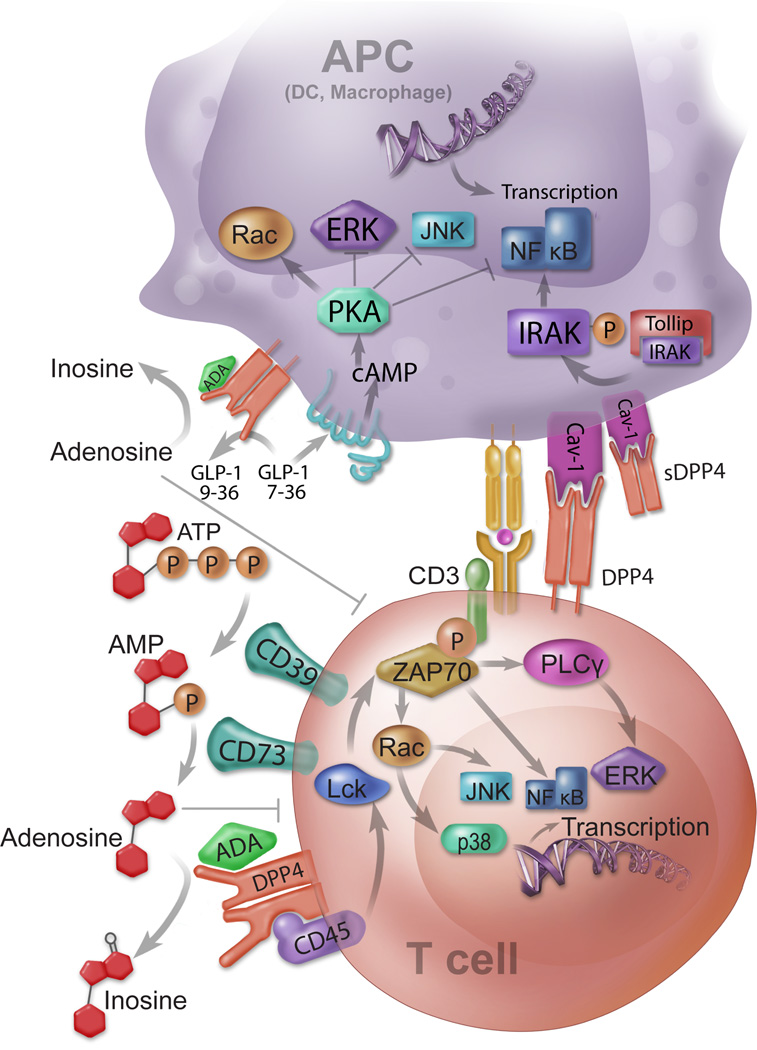Figure 2. Mechanisms by which DPP4 modulates immune response of relevance to cardiovascular disease.
DPP4 regulates immune response via multiple mechanisms that involve both adaptive and innate immune function. These include: 1) Control of pericellular adenosine levels: adenosine triphosphate (ATP) or ADP is converted into AMP by membrane-bound CD39. AMP is further catalyzed by CD73 and produce adenosine. Adenosine is degraded by ADA bound to membrane-anchored DPP4. Accumulation of adenosine suppresses T cell activation and proliferation; 2) ADA-DPP4 interaction provides co-stimulatory signaling for T cell activation. By signaling through CD45, DPP4 enhances T cell receptor signals to promote T cell activation; 3) Inactivation of Glucagon-Like Peptide-1 (GLP-1). GLP-1 binds to GLP-1R and increases cAMP resulting in Protein Kinase A (PKA) mediated suppression of ERK, JNK, and NFκB; 4) Activation of APCs by interaction with caveolin-1. DPP4 binds to caveolin-1 and activates IRAK and NFκB, leading to the activation of APCs.

